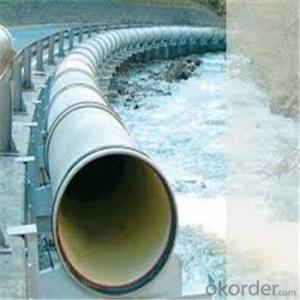Fiberglass, a material that has become synonymous with modern innovation and versatility, has found its way into various industries, from construction to automotive. But as with many human advancements, there’s a flip side to this story. The environmental impact of fiberglass is a topic that deserves our attention, as it’s not just about the material itself, but also how we use, dispose of, and recycle it. Let’s dive into this issue, exploring the nuances and the not-so-pretty side effects of our beloved composite material.
The Allure of Fiberglass
Fiberglass is lightweight, strong, and corrosion-resistant, making it an ideal choice for many applications. It’s a composite material made from glass fibers reinforced with a plastic matrix, typically polyester, vinyl ester, or epoxy resin. This combination gives fiberglass its unique properties, but it also sets the stage for potential environmental concerns.
Production Process: A Closer Look
The production of fiberglass involves melting and molding glass fibers, which requires high temperatures and energy. This process is not only energy-intensive but also emits greenhouse gases, contributing to climate change. The chemicals used in the process, such as styrene, can be harmful if not properly managed, posing risks to both workers and the environment.
Durability and Longevity
One of the selling points of fiberglass is its durability. Products made from this material can last for decades without showing signs of wear. While this might seem like a positive trait, it also means that fiberglass products persist in the environment for a long time. This longevity can lead to issues with waste management, as these products do not decompose easily.
Disposal Dilemmas
When fiberglass products reach the end of their life cycle, disposal becomes a challenge. Traditional landfills are not an ideal solution, as fiberglass does not break down quickly and can leach harmful chemicals into the soil and groundwater. Incineration is another option, but it too has its drawbacks, including the release of toxic fumes and particulates into the atmosphere.
Recycling Efforts and Challenges
Recycling fiberglass is a complex process due to the composite nature of the material. The glass fibers are intertwined with the plastic matrix, making separation difficult. While some efforts have been made to recycle fiberglass, the process is not yet widespread or efficient. This means that a significant amount of fiberglass waste ends up in landfills or is incinerated.
Health Concerns
Exposure to fiberglass dust or fibers can cause health issues, particularly for those who work with the material regularly. Respiratory problems, skin irritation, and other allergic reactions are common complaints among workers in industries that utilize fiberglass. Proper safety measures and protective equipment are essential to minimize these risks.
The Role of Regulations and Industry Standards
To mitigate the environmental impact of fiberglass, regulations and industry standards play a crucial role. These guidelines help ensure that the production, use, and disposal of fiberglass are carried out in a manner that minimizes harm to the environment and human health. However, enforcement and adherence to these standards can vary, leaving room for improvement.
Innovations for a Greener Future
Despite the challenges, there are ongoing efforts to make the production and use of fiberglass more environmentally friendly. Research into alternative materials, more efficient recycling processes, and safer production methods are all part of the push towards a greener future.
Conclusion: Balancing Act
The environmental impact of fiberglass is a complex issue that requires a multifaceted approach. It’s about striking a balance between the benefits of this versatile material and the need to protect our planet. As consumers and producers, we have a responsibility to be aware of these impacts and to support innovations that can reduce the negative effects of fiberglass on our environment.
In conclusion, while fiberglass has undoubtedly made our lives easier and more convenient, it’s important to recognize and address its environmental footprint. By understanding the issues and supporting sustainable practices, we can continue to enjoy the advantages of fiberglass while minimizing its impact on the world around us.

